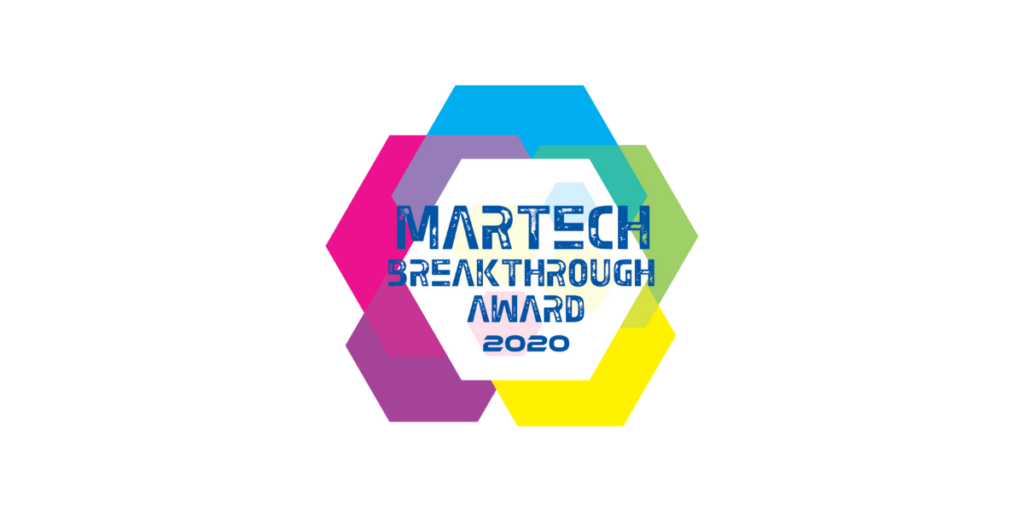
We’ve put together the ultimate glossary that defines and explains all the most common terms in social media and influencer marketing.
Glossary for Influencer Marketers
Affiliate Marketing: A method of marketing where a brand compensates third parties to generate traffic or leads for the company’s products or services.
Affinity: Tagger’s proprietary metric that discovers look-a-like Brands or Individuals. Brand and Individual Affinities are a great way to provide insights into partnership potential. Watch our video on audience affinity vs. brand affinity here.
Algorithm: A set of rules that defines how data (posts) behaves (populate on IG). In social media, algorithms help maintain order and assist in ranking search results and advertisements
Brand Ambassador: A person who represents and advertises a company. This person supports the company’s offers and acts as the embodiment of the company’s corporate identity through words, actions, social media posts, etc,.
Brand Awareness: The extent of consumer familiarity with a particular brand, good or service.
Cookies: Pieces of code that are added to users’ web browsers as they visit different websites. Cookies are used to collect data—like the websites the user visited—to help deliver the user the most relevant content to specific audiences.
Creator Economy: A community of independent content creators (Influencers, writers, bloggers, YouTubers, etc.) and curators who follow their passion, build a following and monetize their skills.
Creator Listening: Tracking, understanding, and visualizing key conversations in the creator marketplace. Click to learn more about Tagger’s Creator Listening engine Signals.
CPM [Cost Per Mille/ Cost Per Thousand Impressions]: The price of 1,000 advertisement impressions on one web page.
CTR [Click Through Rate]: The percentage of people who click on an element that they have been exposed to (ex. affiliate link, advertisement on a webpage, etc.).
Demographics:
- Influencer Demographics: Characteristics of influencers like age, gender and cultural backgrounds.
- Audience Demographics: Characteristics of an audience like age, gender and cultural backgrounds.
Earned Media: Any media that has been posted about the brand organically. Posts are considered ‘organic’ if the brand did not create or pay the creator for the content.
EMV [Earned Media Value]: The values assigned to the various actions associated with different social media content types (think likes, comments, and shares).
Engagement Rate: Engagement rates are metrics that track how actively involved with content an audience is. Engaged consumers interact with brands through “likes” comments and social sharing. The engagement rate is a metric often used in analyzing the efficacy of influencers in brand campaigns.
[Hash]Tag: Traditionally called the ‘pound sign’, hashtags are a symbol used before certain words or phrases on social media to identify digital content on a specific topic, and make that topic searchable.
Impressions: The total number of times a piece of content has been viewed on a screen.
Influencer: A person with the ability to impact potential buyers of a product or service by promoting or recommending the item(s) on social media.
Influencer Marketing Campaign: Strategized efforts with influencers to promote a specific company goal, such as raising awareness of a new product.
Influencer Tiers: How many followers an influencer has determines which tier or category they fall into. An influencer’s tier affects the cost of working with that influencer. [Video]
- Nano- <10K
- Micro- 10-50K
- Mid-Tier- 50-100K
- Macro- 100K-1M
- Mega/ “Celebrity”- 1M+
KPIs [Key Performance Indicators]: The measurable outcomes of an influencer campaign. KPI’s in influencer marketing can include engagement, reach and awareness or audience growth.
Mention: Mentioning or tagging a profile in a piece of content by using the @ symbol
- Organic mention: Any mention or tag on within media that was not paid for.
- Sponsored mention: Any mention or tag within media that has been paid for by the company or brand.
Outreach: Pitching your business content to certain influential people who have a strong relationship with your target audience
Paid Media: External marketing efforts that involve a paid placement, such as pay-per-click advertising, branded content and display ads.
Post: Text, photo or video content posted online.
Product Seeding: A method of marketing where a brand gifts its product to relevant influencers in their industry or niche. The hope is that influencers will post the gifted product and drive their audience to the brand’s website and for some, a sale.
Profile: A page that contains information and posts made by a specific influencer.
Reach: The total number of people that have seen a piece of content.
ROI [Return on Investment]: A way to evaluate how well an investment has performed by attributing profit and revenue growth to the impact of the marketing initiatives.
ROAS [Return on Ad Sales]: A marketing metric that measures the success of a digital advertising campaign. ROAS helps online businesses evaluate which methods are working and how they can improve future ad efforts.
UGC [User Generated Content]: Original, brand-specific content that is created by customers then published on social media. UGC can include images, videos, reviews, or even a podcast.



